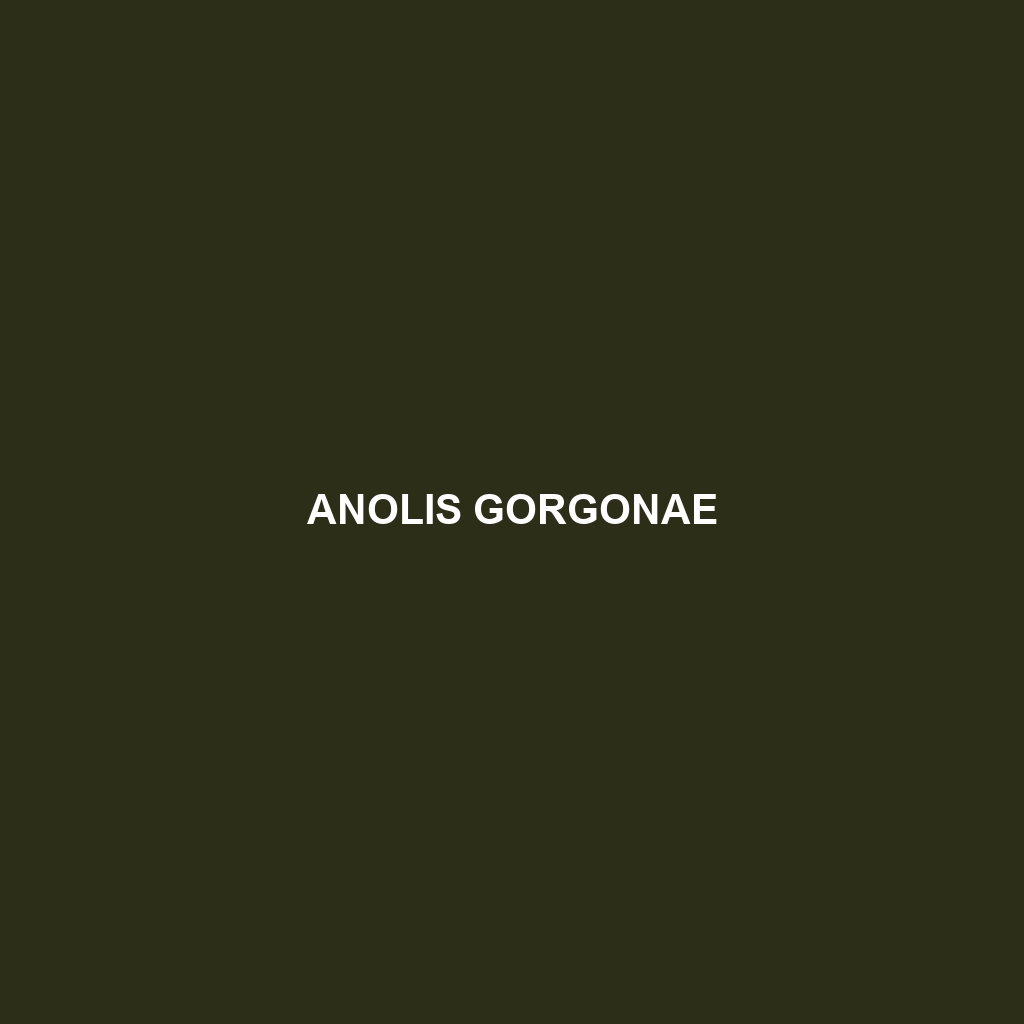Anolis gorgonae: Species Profile
Common Name: Anolis gorgonae
Scientific Name: Anolis gorgonae
Habitat
Anolis gorgonae is primarily found in the lush tropical forests of Gorgona Island, which belongs to Colombia. This species thrives in humid, tropical environments, often inhabiting low-lying vegetation, as well as tree trunks and branches where it can easily camouflage itself among the foliage. The dense canopy and rich biodiversity of the island provide ideal living conditions for this anole.
Physical Characteristics
This medium-sized lizard typically measures around 10 to 15 cm in length, including its tail. Anolis gorgonae displays a vibrant green coloration that helps it blend seamlessly into its forest surroundings. Its elongated body, large eyes, and distinctive throat dewlap, which can be displayed in mating rituals, make it an eye-catching species. The dewlap often features hues of yellow or orange, further enhancing its visual appeal.
Behavior
Known for its territorial displays, Anolis gorgonae often engages in behavioral posturing, especially during mating season or when protecting its territory from rival males. These lizards are diurnal and are frequently seen basking in the sun on branches. Their climbing abilities are remarkable, facilitated by their specialized toe pads that provide grip on various surfaces.
Diet
Anolis gorgonae primarily feeds on a diet of small insects, including crickets, flies, and ants. It actively hunts during the day, using its keen eyesight to spot prey among the foliage. This insectivorous diet is crucial for its growth and reproductive success, allowing it to maintain energy levels necessary for territorial and mating behaviors.
Reproduction
The breeding season for Anolis gorgonae typically occurs during the wet months, when food is plentiful. Males engage in prominent displays to attract females, which may include head bobbing and dewlap extensions. After mating, females lay one to two eggs in moist, secluded locations, ensuring a higher chance of survival for the offspring.
Conservation Status
Currently, Anolis gorgonae is classified as endangered due to habitat loss and environmental changes impacting its natural habitat. The ongoing deforestation and development on Gorgona Island pose significant threats to this species, highlighting the need for conservation efforts to protect its ecosystem.
Interesting Facts
One fascinating aspect of Anolis gorgonae is its ability to adapt its coloration slightly based on its surroundings, providing effective camouflage against predators. Additionally, this species has a unique courtship display that can be quite elaborate, involving a series of jumps and visual signals.
Role in Ecosystem
Anolis gorgonae plays a vital role in its ecosystem as a predator of small insects, thus helping to control pest populations. Additionally, it serves as a food source for larger predators, contributing to the biodiversity and food web of Gorgona Island’s tropical habitat.
